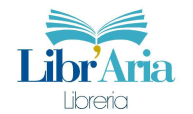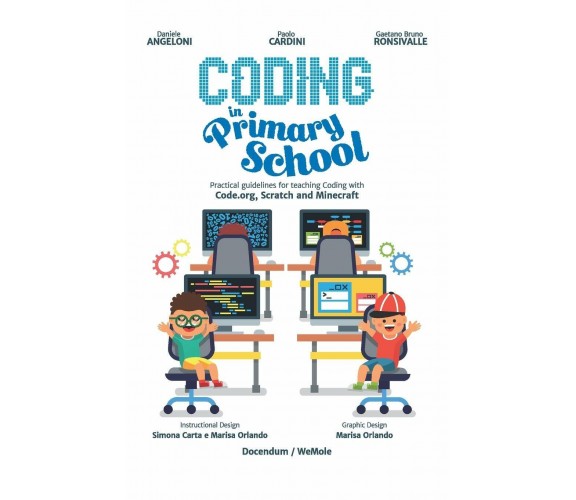Note:
Coding in Primary School is a handbook to learn techniques of teaching Coding to primary or elementary school students. In short, after carefully reading and studying this book pages, you should be able to plan a series of lessons in order to help your students to apply the fundamentals of Information Technology through the creation of small computer programs. Therefore, it is a book addressed to teachers, educators, parents and all the people believing in an educational value of Information Technology for new generations, but without relying in a senseless way on the most ordinary forms of mythology of the “digital native” according to which the child is born already knowing how to use a computer.And not only for professionals and IT experts. This is a useful (we hope so!) and operational tool also for people that do not know coding techniques and, with a great sense of responsibility, wish to start a training path before entering the classroom.In order to achieve these goals, CODING in Primary School has been divided in 4 Modules and 10 Chapters, corresponding at the10 teaching units into which the introductory course in coding is divided. This according to an outline that reflects the gradual evolution of the child thought in function of some essential categories of logic, Mathematics and Geometry. Module 1 – First lines of code. It introduces some preliminary concepts to Coding such as that one of “The dialogue with machines” (Chpt. 1), the difference between right and left (Chpt. 2) and child ability to make a first very important effort of abstraction: imagine himself / herself in the shoes of someone else. (Chpt. 3). Module 2 - ABC of Information Technology. It provides an overview of the fundamentals of coding and their relationship with the development of logical thinking and child’s ability to summarize, such as the concepts of algorithm (Chpt. 4) and loop (Chpt. 5). Module 3 - Abstract, but not too much. It focuses on some abstract essential concepts to represent and manage elements in a space, like rotation angle (Chpt. 6) and conditional clauses “IfElse” (Chpt. 7). Module 4 - Creative coding. It provides instructions necessary to the application of Coding principles aimed at creating stories (Chpt. 8), video-games (Chpt. 9) and digital environment (Chpt. 10) through the tools described and proposed in the whole handbook (Code.org, Scratch and Minecraft Education Edition). |








